Double Profit from a Single Pond: Shrimp–Green Crab Farming Gains Ground
Why is the shrimp–green crab model gaining popularity?
In coastal provinces like Ca Mau, Bac Lieu, and Soc Trang, integrated shrimp–green crab farming is emerging as a promising solution that aligns with local soil conditions and the impacts of climate change. Black tiger shrimp and green crabs can coexist in the same water environment with minimal competition for food—and, even better, they support each other’s growth.
When raised separately, shrimp ponds often suffer from bottom waste buildup and disease outbreaks. But when green crabs are introduced, they consume shrimp waste as food, helping clean the pond and improve water quality. This not only raises the shrimp survival rate but also reduces the need for chemical treatments and environmental management.

How the shrimp–crab model works
This model is typically implemented using an improved extensive farming approach. Ponds range from 3,000 to 5,000 m², divided into zones for shrimp and crabs to circulate naturally, using the pond’s own flow to maintain habitat separation.
Stocking rates:
Black tiger shrimp: 10–15 PL/m²
Green crabs: 0.5–1 crab/m², depending on pond conditions
Farmers usually introduce crabs 1–2 weeks after shrimp stocking to avoid early-stage competition. Crabs should be healthy, evenly sized (3–5 cm), with intact limbs and strong claws.
Shrimp typically occupy the central pond bottom, while green crabs prefer shallow side trenches along the pond edge for shelter
Economic and environmental advantages
According to the National Agricultural Extension Center (2023), integrated shrimp–crab farming in Bac Lieu brought in VND 90–120 million/ha/crop, an increase of 30–40% compared to shrimp monoculture.
In addition to higher profits, green crabs contribute to a cleaner pond bottom, reducing the need for antibiotics and chemical treatments. As a result, both shrimp and crab products are cleaner and more likely to meet export standards, especially in strict markets like Japan and the EU.

Key technical considerations
While the model is easy to adopt, successful implementation requires attention to several technical details:
Pond depth: Ideal depth is 1.2–1.5m, with edge trenches for crab shelter to minimize conflicts.
Feed management: Avoid overfeeding, which leads to water pollution.
Water parameters: Maintain salinity at 10–25‰, monitor pH and alkalinity regularly.
Low disturbance: Crabs thrive in quiet environments—avoid frequent stirring or strong aeration.
Molting cycles: Monitor closely to prevent cannibalism during soft-shell periods.
Simple model, dual benefits for sustainable aquaculture
The shrimp–green crab model is simple but offers high value—economic, environmental, and public health. In a time of climate uncertainty and increasingly demanding export markets, models like this offer a sustainable path forward for aquaculture. Farmers interested in adopting this model should learn from successful neighbors and seek support from local extension centers for guidance on seed selection, farming techniques, and disease management.
Source: Tép Bạc
Aqua Mina's distributor in Japan: REX INDUSTRIES CO., LTD
- Address: 1-9-3 Hishiya-Higashi, Higashi-Osaka 578-0948 JAPAN
- Email: kimakubo@rexind.co.jp
- Phone: +81-(0)72-961-9893
- Website: http://www.rexind.co.jp/e/

WE WORK FOR YOUR SUCCESS!
Ngày đăng : 02/08/2025
1469 View
Other Articles
Vietnamese shrimp and catfish choose a sustainable path in global competition
End-of-Season Shrimp Prices Reach Record Highs
Norway – Russia Reach Barents Sea Fisheries Agreement for 2026
Cà Mau strengthens traceability to enhance the competitiveness of the shrimp industry.
Cold stress: Effects on the plasma characteristics of whiteleg shrimp.
A new breakthrough in the prevention of diseases caused by the microsporidian parasite EHP in shrimp farming
Vietnam’s shrimp export outlook in the first quarter of 2026 continues to face heavy pressure from tariffs.
New England’s shrimp fishery to shut down for the long haul after years of decline
Crab exports to the United States account for more than 80%.
Thailand sets a target to increase shrimp production to 400,000 tons by 2026.
CTU-RAS: Recirculating Shrimp Farming for Sustainable Development
Vietnamese aquatic products reach new markets








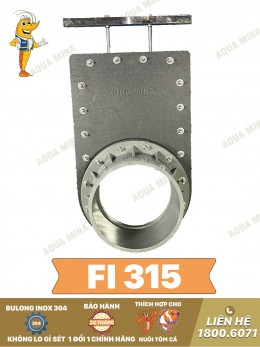
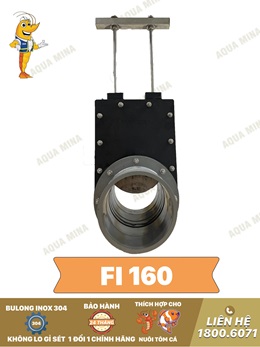
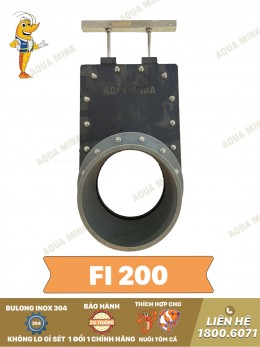
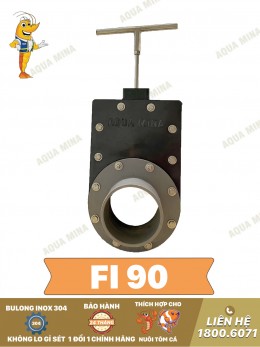
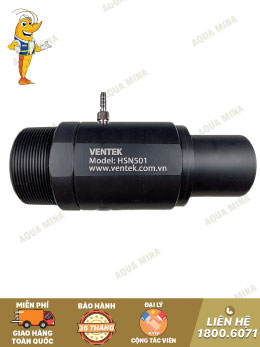
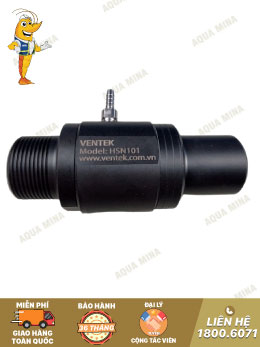
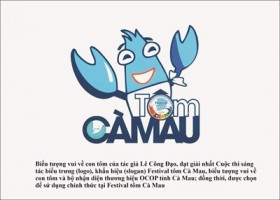
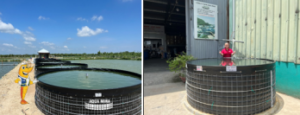
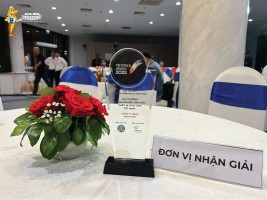


.jpg)